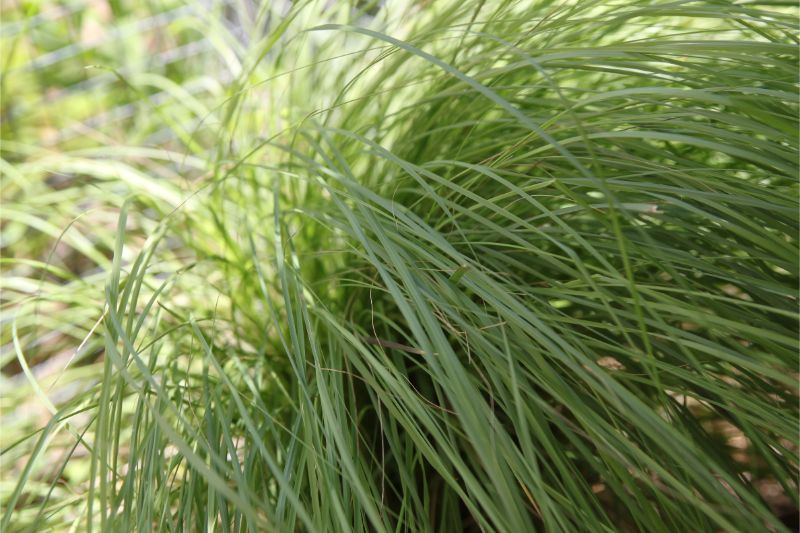Weeping Lovegrass
(Eragrostis curvula)
Weeping Lovegrass is a vigorous, drought-tolerant perennial bunchgrass native to South Africa. This grass is adapted very well to the climatic conditions throughout the Southern Great Plains. It performs best in low fertile sandy soils and soils with low or depleted organic matter.
Weeping Lovegrass plants produce seed stalks 2 to 4 feet tall with many slender leaves that grow from the base of the plant. The leaves are relatively thin and course and are approximately 10 to 20 inches long. Cattle readily consume the forage in early spring when the forage is young and tender, but sparingly in mid-summer as the plant matures. This plant provides good cover for game birds, however, does not provide adequate food source due to small seed size.
Weeping Lovegrass is easily established from seed. Its vigorous young seedlings quickly make an effective ground cover. It is suitable for planting for forage production and soil stabilization. Seed should be planted in the spring of the year at a seeding rate of 1.5 – 3 pls pounds per acre at a depth of 1/4 inches.
General Characteristics
| Growth Type: | Bunch |
| Life Span: | Perennial |
| Growing Season: | Warm Season |
| Native/Introduced: | Introduced |
| Plant Height: | 2-4 feet |
| Cold Tolerance: | Good |
| Drought Tolerance: | Good |
| Salt Tolerance: | Poor |
| Soil Type: | Sandy - Loam |
| Minimum Rainfall: | 16 inches |
| Planting Rate: | 1.5-3 pls# |
| Planting Date: | Feb. - June |
| Seed Type: | Smooth |
| Uses: | Grazing, Wildlife Habitat, Erosion Control, Reclamation |

